
BORGO SAN DALMAZZO, VALLE GESSO, VALLE STURA, VALLE VERMENAGNA
- Home
- The Territory, our home - Visit Cuneese
- THE CHURCH AND MUSEUM OF THE ABBAY OF BORGO SAN DALMAZZO
THE CHURCH AND MUSEUM OF THE ABBAY OF BORGO SAN DALMAZZO
The Chiesa Parrocchiale di San Dalmazzo offers interesting possibilities for visitors, from both an architectural and a historical-artistic point of view, as a centre of Christianity in the area of the Maritime Alps. The Museo dell’Abbazia di San Dalmazzo di Pedona is characterized by an evocative tour that culminates in the Romanesque crypt of the parish church.
on Sundays from 3pm to 6pm (last entry at 5pm). Guided tours at 3.15pm and 4.30pm.
Before leaving, remember to check the opening through the contacts provided in the description.Via Ospedale, 2
Borgo San Dalmazzo
Phone:
+39 0171 266 080
Email: iatborgo@visitcuneese.it
Website
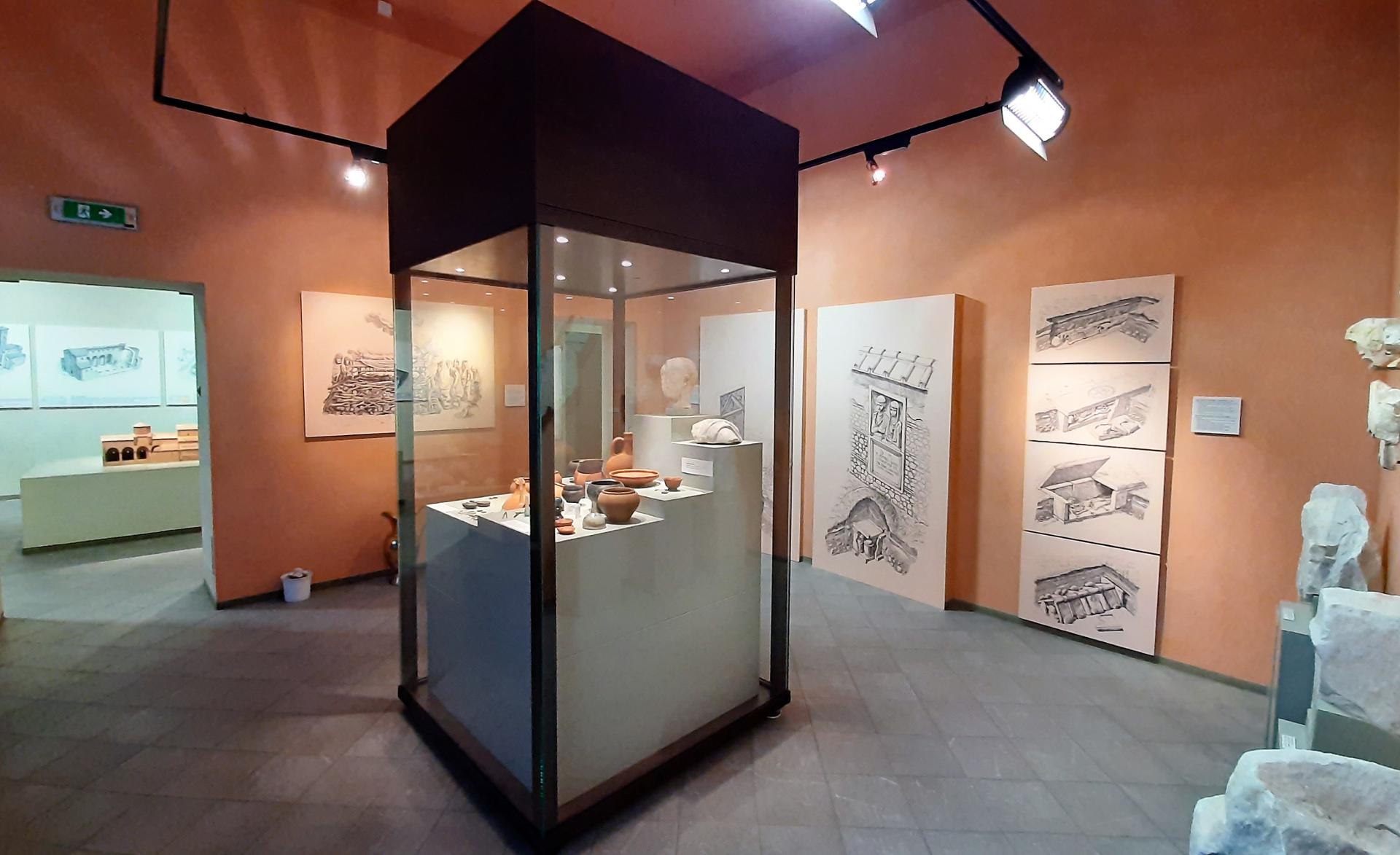


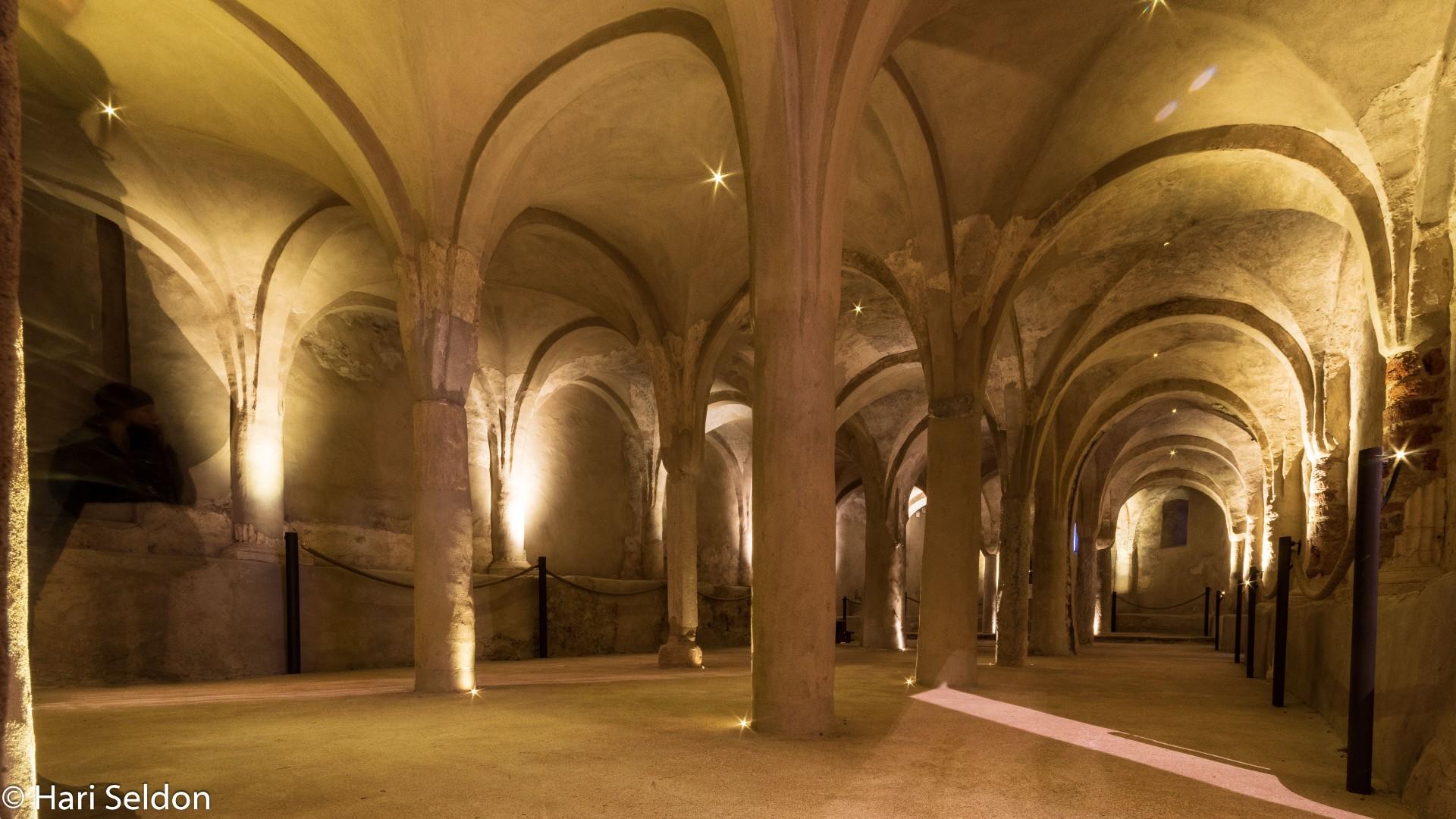
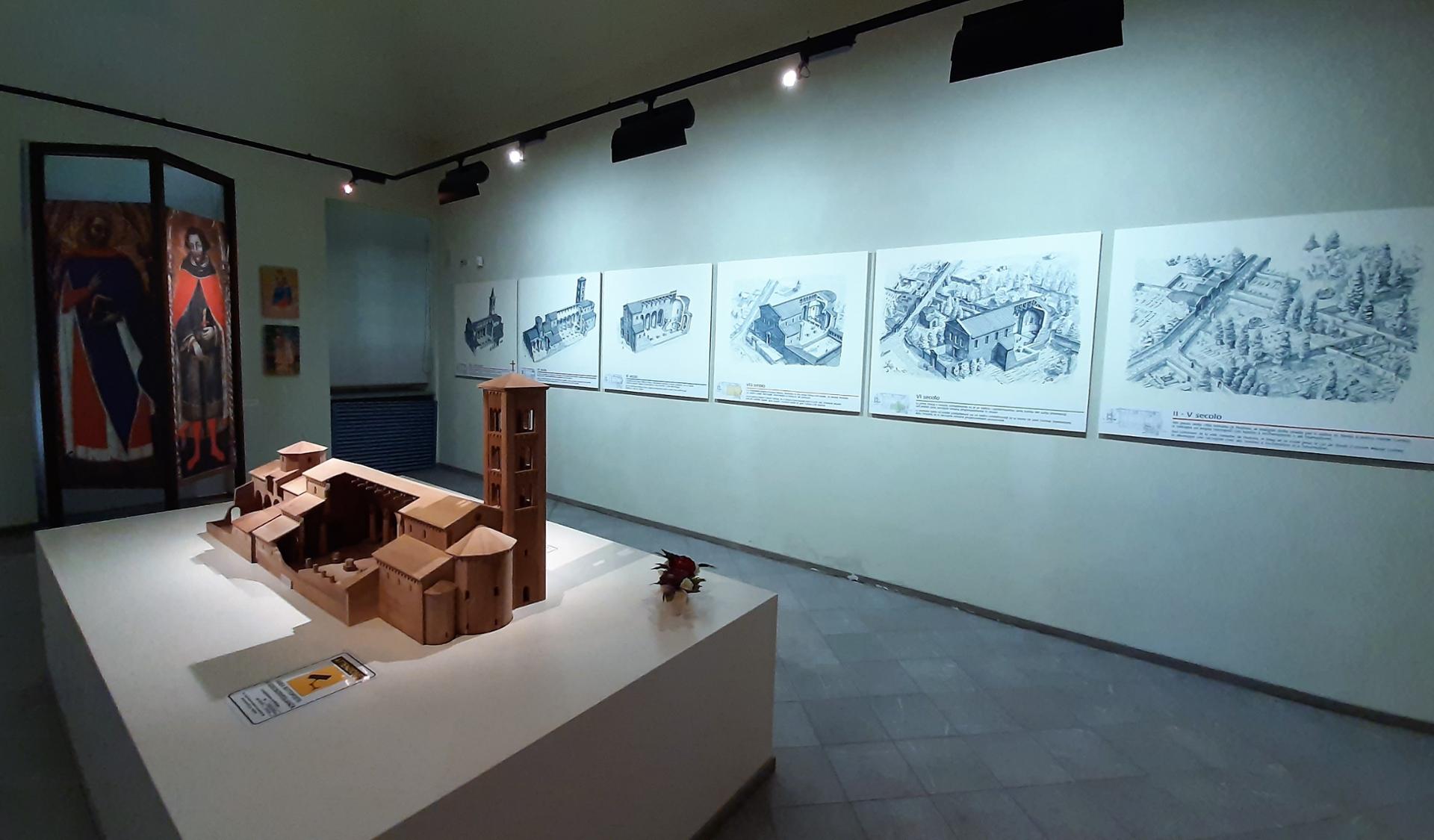

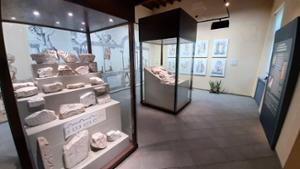
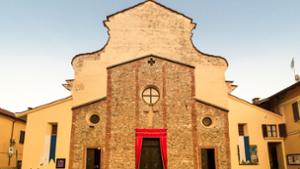


Discover
more
According to tradition, after the martyrdom of San Dalmazzo on 5 December 254, the body was loaded onto a cart pulled by two oxen and then buried where they would have finished their journey. The oxen stopped on the hill where the abbey is located. A church venerated with great devotion by the neighbouring populations was erected on the tomb. During the Middle Ages the crypt, which features typically Lombard architectural elements, was enlarged and modified.
Later it became the active centre of monastic life when the Benedictine order organized a large abbey in Pedona. The Romanesque structure of the current church dates to the 11th century. It features ancient Romanesque forms, mainly located in the facade. The elements added through the various eras are evident inside.
Next to the church, the Museo dell’Abbazia di San Dalmazzo di Pedona offers a fascinating journey through history that has left evident signs of different eras. The exhibition is divided into three sections: museum, archaeology and Museo Parrocchiale, interconnected in an evocative tour that has its heart in the Romanesque crypt of the parish church.
From the entrance you can see clues in the form of the complex stratification of the wall structures, which date back to different eras. In fact, it would appear that the complex had to be structured on three levels, one on top of the other. The three rooms exhibit excavation finds and illustrations that allow visitors to reconstruct the history of the abbey. Thanks to a rich illustrated documentation, they can observe the evolution of the architecture that led to the construction of the building.
esempi di as xml: xml serveResource con templateId (chiave)
esempi di as json: json serveResource con templateId (chiave)
esempi di as json e siteId: json serveResource con siteid
Cosa
fare
No result found
No result found
Esperienze
No result found
No result found
No result found
Dove
dormire
No result found
No result found
Offerte
No result found
No result found
Info
No result found
No result found




